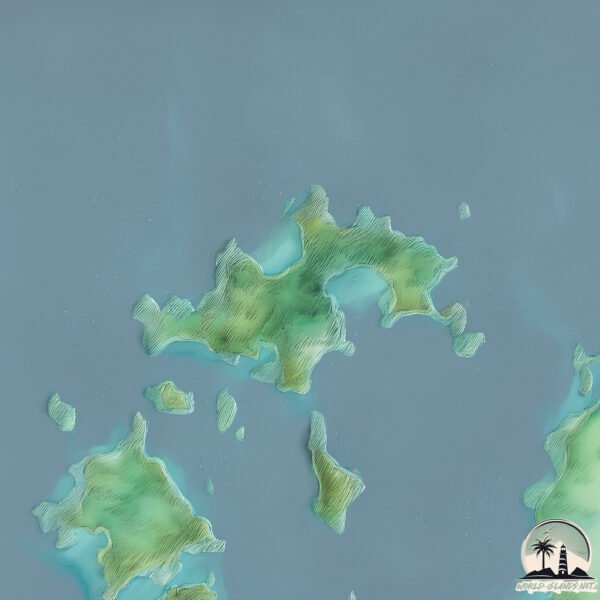Welcome to Zamami Jima , a Temperate island in the Eastern China Sea, part of the majestic Pacific Ocean. This guide offers a comprehensive overview of what makes Zamami Jima unique – from its geography and climate to its population, infrastructure, and beyond. Dive into the details:
Geography and size of Zamami Jima
Size: 6.027 km²Coastline: 23.8 kmOcean: Pacific OceanSea: Eastern China SeaContinent: Asia
Zamami Jima is a Small Island spanning 6 km² with a coastline of 23.8 km.
Archipel: Ryukyu Islands – A chain of Japanese islands stretching southwest from Kyushu to Taiwan, known for their unique Okinawan culture and subtropical climate.
Tectonic Plate: Yangtze – A minor tectonic plate in East Asia, often considered a part of the Eurasian Plate. It’s primarily continental and covers the Yangtze River area in China, playing a significant role in the region’s geological stability.
The geographic heart of the island is pinpointed at these coordinates:
Climate and weather of Zamami Jima
Climate Zone: TemperateClimate Details: Humid Subtropical ClimateTemperature: Hot Summer
Climate Characteristics: With continuous rainfall and hot summers, this climate is common in some coastal regions, supporting diverse vegetation.
Topography and nature of Zamami Jima
Timezone: UTC+09:00Timezone places: Asia/TokyoMax. Elevation: 64 m Mean Elevation: 38 mVegetation: Evergreen Broadleaf ForestTree Coverage: 77%
The mean elevation is 38 m. The highest elevation on the island reaches approximately 64 meters above sea level. The island is characterized by Plains: Flat, low-lying lands characterized by a maximum elevation of up to 200 meters. On islands, plains are typically coastal lowlands or central flat areas.
Dominating Vegetation: Evergreen Broadleaf Forest
Vegetation: 6 vegetation zones – Very Highly Diverse Island
Infrastructure and Travelling to Zamami Jima
Does the island have a public airport? no .
Does the island have a major port? no .
The mean population of Zamami Jima is 42 per km². Zamami Jima is Gently Populated. The island belongs to Japan .
Continuing your journey, Tokashiki Jima is the next notable island, situated merely km away.
Exploring Zamami Island - Japan's HIDDEN Blue Oasis
A trip from Naha, Okinawa to Zamami Island Japan. Our first day swimming with Sea Turtles and soaking in the sun.
Exploring Zamami Island - Japan's HIDDEN Blue Oasis
A trip from Naha, Okinawa to Zamami Island Japan. Our first day ...
A trip from Naha, Okinawa to Zamami Island Japan. Our first day swimming with Sea Turtles and soaking in the sun.
Discover Zamami Island, Okinawa - Unforgettable Adventure with Glass Kayaking & Local Cuisine
Hey guys! I'm Sarah, a Japanese local and businesswoman sharing my ...
Hey guys! I'm Sarah, a Japanese local and businesswoman sharing my life and experiences straight from Tokyo, Japan Join ...
Zamami Island in Okinawa Japan | Highlights | 座間味島沖縄 | Best Beaches in Japan
Here's a short highlight reel of my recent trip to Zamami, Okinawa! I ...
Here's a short highlight reel of my recent trip to Zamami, Okinawa! I visited Ama and Furuzamami beaches and was stunned by ...
Japan is classified as Developed region: G7: Group of Seven – Major advanced economies, including Canada, France, Germany, Italy, Japan, the United Kingdom, and the United States. The level of income is High income: OECD.
News – Latest Updates and Headlines from Zamami Jima
Stay informed with the most recent news and important headlines from Zamami Jima. Here’s a roundup of the latest developments.
Loading...
Please note: The data used here has been primarily extracted from satellite readings. Deviations from exact values may occur, particularly regarding the height of elevations and population density. Land area and coastline measurements refer to average values at mean high tide.

